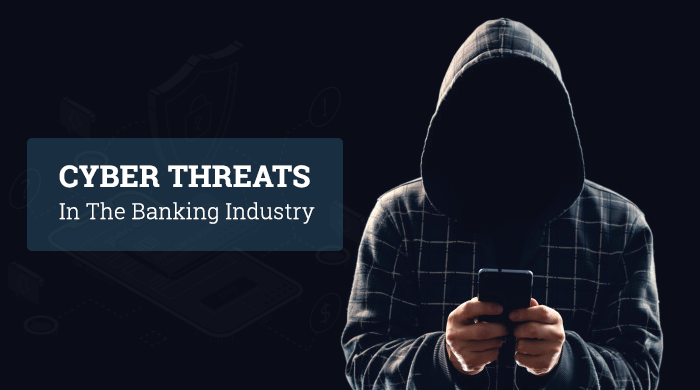Introduction
In today’s digital age, banking security is paramount as financial institutions increasingly rely on technology to conduct their operations. However, with technological advancements come sophisticated cyber threats that target sensitive financial data. This essay delves into the challenges faced by the banking sector concerning cybersecurity and explores innovative solutions to mitigate these risks.
Challenges in Banking Security
- Sophisticated Cyber Attacks: Cybercriminals constantly evolve their tactics, launching complex attacks such as phishing, ransomware, and DDoS attacks. These threats exploit vulnerabilities in banking systems, aiming to compromise customer data and disrupt services.
- Insider Threats: Employees within financial institutions can pose a significant risk. Whether through intentional actions or negligence, insider threats can lead to data breaches and financial losses.
- Compliance and Regulations: Banks must comply with stringent regulations to protect customer data and maintain trust. Navigating a complex landscape of regulatory requirements adds an additional layer of challenge for banking institutions.
- Emerging Technologies: While technologies like AI and blockchain offer promising solutions, they also introduce new security concerns. Ensuring the security of these technologies is crucial to prevent exploitation by cybercriminals.

Solutions and Innovations
- Multi-Factor Authentication (MFA): Implementing MFA adds an extra layer of security by requiring multiple forms of verification before granting access. This significantly reduces the risk of unauthorized access, even if login credentials are compromised.
- Machine Learning and AI: AI-driven security systems can analyze vast amounts of data to detect patterns and anomalies, enabling early identification of potential threats. Machine learning algorithms can adapt and improve over time, enhancing the system’s effectiveness.
- Blockchain Technology: Blockchain’s decentralized and immutable nature makes it ideal for securing financial transactions. By implementing blockchain in banking processes, institutions can ensure the integrity and security of their data.
- Collaborative Cyber Threat Intelligence: Banks can collaborate and share threat intelligence to stay ahead of cybercriminals. Information sharing allows institutions to learn from each other’s experiences and proactively defend against emerging threats.
- Regular Security Training and Awareness Programs: Educating employees and customers about cybersecurity best practices is essential. Regular training programs can help employees recognize phishing attempts and other social engineering tactics, reducing the risk of successful attacks.
Conclusion
In the face of evolving cyber threats, the banking sector must continuously adapt its security measures to safeguard both customer data and the integrity of financial transactions. By embracing innovative solutions such as multi-factor authentication, AI-driven security systems, blockchain technology, and collaborative information sharing, banks can enhance their security posture and stay ahead of cybercriminals. Moreover, fostering a culture of cybersecurity awareness among employees and customers is equally vital, as human vigilance remains a critical line of defense against sophisticated cyber attacks. Through these proactive efforts, the banking industry can build resilience against cyber threats and maintain the trust and confidence of their customers in the digital age.


